2004
23. Waltz Niggun for "Ki Anu 'Ammekha"
Choir of Gur Hasidim conducted by the composer Aryeh Goldknopf, self-recorded,Jerusalem, September 1976.
The founder of the Gur dynasty, R. Yizhak Meir Alter (1799-1866), also known by the title of his book Hiddushei ha-Rim, interpreted the verse "Sing the Lord a new song" (Psalms 149:1) as a divine command to sing new melodies to the same texts each year. At first, cantors and menagnim used to bring new melodies to his court from various sources, adapting them to piyyutim and other texts from the prayer-book. When some of these persons were themselves capable of composing melodies, the Rebbe encouraged them to continue doing so. The practice thus emerged of composing new niggunim each year, just before the New Year festival and before the festival of Shavu'ot, for seventeen texts from the Sabbath, High Holidays and Shavu'ot prayers; these melodies were then heard for the first time in the synagogue at the appropriate services.
For the niggunim to be appreciated by the whole congregation, it was established that the best menagnim and meshorerim got together in a choir ("kapelye"), which would study the niggunim beforehand and would thus be able to perform them properly. Before the Second World War there were several ba'alei-tefillah and menagnim famed for their ability to compose niggunim. One of them was Yaakov Talmud (1883-1963), who was a member of the Gur Kapelye from childhood. After Hitler's rise to power, Gur Hasidim began to immigrate to the Land of Israel on the instructions of their Rebbe, R. Avraham Mordechai Alter (1866-1948). Among the immigrants in the mid-1930s was Yaakov Talmud, who was already known as an important composer, and he quickly became the official composer of the court and the principal conductor of the choir (see Malhin le-veit Gur, pp. 10-11, 102, 117). After his death Aryeh Goldknopf (1925-1988) took his place. Talmud always tried to make the music express the content of his texts, and Goldknopf continued this approach. As they saw it, the waltz was the kind of niggun most fitting for the words of the piyyut "Ki anu 'ammekha" ("For we are Your people"), since it represented the joy of faith in the unique status of the Jews as the "Chosen People."






